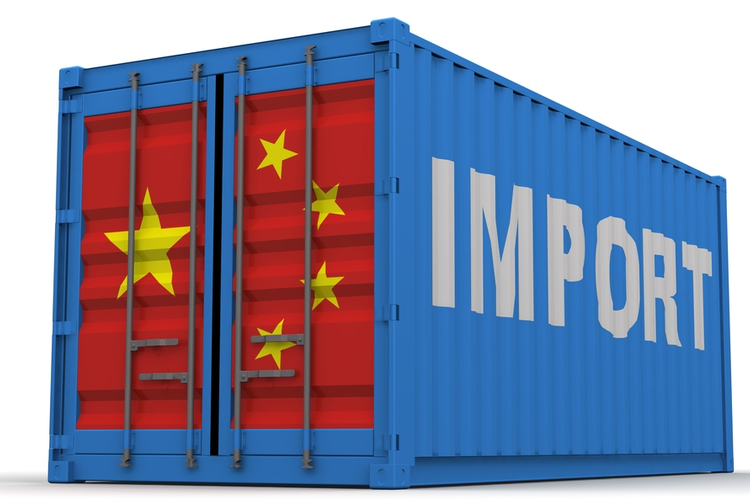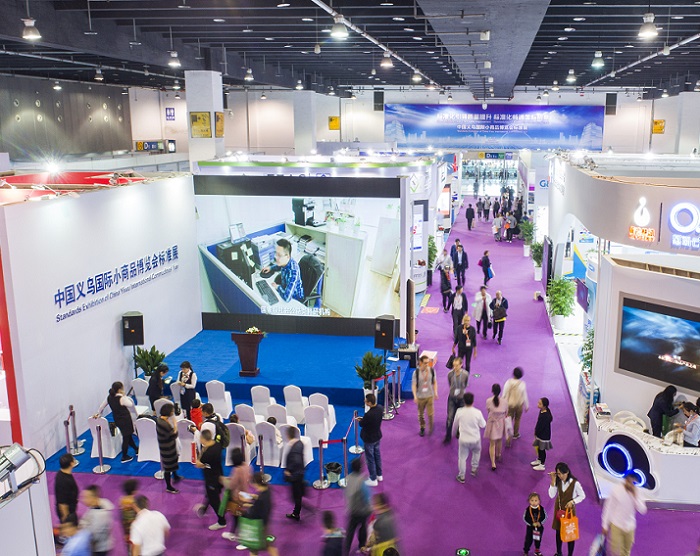As a production superpower, China has attracted customers from all over the world to import from China. But for novice gamers, this is a very complicated process. To this end, we have prepared a complete China Import Guide to take you to explore the secrets of other buyers earning millions of dollars.
Topics covered:
How to choose products and suppliers
Check the quality and arrange transportation
Track and receive goods
Learn basic trade terms
一. Choose the right product
If you want to import from China profitably, you first need to choose the right product. Most people will choose to buy or at least understand many product areas based on their business model. Because when you are familiar with the market, you can avoid unnecessary waste of money and time, and you can be more precise when selecting products.
our suggestion:
1. Choosing products with high demand can ensure that you have a large consumer base.
2. Choose products that can be transported in large quantities, which can reduce the unit price of transportation costs.
3. Try a unique product design. In the case of ensuring the uniqueness of the product, coupled with a private label, it can further differentiate it from competitors and enhance its competitive advantage.
4. If you are a new importer, try not to choose products that are highly competitive, you can try niche market products. Because there are fewer competitors for similar products, people will be more willing to spend more money on purchases, thereby making more profits.
5. Make sure that the goods you want to import are allowed to enter your country. Different countries have different prohibited products. In addition, please ensure that the goods you intend to import are subject to any government permits, restrictions or regulations. Generally, the following products should be avoided: imitation infringing products, tobacco-related products, flammable and explosive dangerous goods, medicines, animal skins, meat, and dairy products.
二. Looking for Chinese suppliers
Several common channels for finding suppliers:
1. Alibaba, Aliexpress, Global Sources and other B2B platforms
If you have enough budget to develop your business, Alibaba is a good choice. It should be noted that Alibaba’s suppliers may be factories, wholesalers or trading companies, and many suppliers are difficult to judge; AliExpress platform is very suitable for customers with orders less than $100, but the price is much higher .
2. Search through google
You can directly enter the product supplier you want to purchase on google, and the search results about the product supplier will appear below. You can click to view the content of different suppliers.
3. Social Media Search
Nowadays, some suppliers adopt a combination of online and offline promotion models, so you can find some suppliers through social platforms such as Linkedin and Facebook.
4. Chinese Sourcing Company
As a first-time importer, you may not be able to focus on your own business due to the need to understand and learn a lot of import processes and distract time and energy. Choosing a Chinese sourcing company can help you handle all Chinese import business efficiently and reliably, and there are more reliable suppliers and products to choose from.
5. Trade show and factory tour
Many expos are held in China every year, among which the Canton Fair and Yiwu Fair are China's larger exhibitions with a wide range of products. By visiting the exhibition, you can find many offline suppliers, and you can visit the factory.
6. China wholesale market
Our company is close to the largest wholesale market in China-Yiwu Market. Here you can find all the products you need. In addition, China also has wholesale markets for different products such as Shantou and Guangzhou.
A reputable supplier should be able to provide you with customer certification and recommendations. Such as information on business licenses, production materials and personnel information, the relationship between the exporter and the manufacturer, the name and address of the factory that produces this product, information about the factory’s experience in producing your product, and product samples. . After you choose a good supplier and product, you should clarify the import budget. Although the offline method will be more time-consuming than the online method, for new importers, direct access can make you more familiar with the Chinese market, which is important for your future Business is beneficial.
Note: Do not pay all payments in advance. If there is a problem with the order, you may not be able to get your payment back. Please collect quotations from more than three suppliers for comparison.
三. How to control product quality
When importing from China, you may be worried about whether you can get quality products. When determining the suppliers you want to cooperate with, you can ask the suppliers to provide samples and ask the suppliers what materials are used for various components to prevent them from replacing inferior materials in the future. Communicate with suppliers to determine the definition of high-quality products, such as the quality of the product itself, packaging, etc., and supervise the factory production process to ensure product quality. If the received product is defective, you can notify the supplier to take a solution.
四. Arrange transportation
There are three modes of transportation imported from China: air, sea and rail. Ocean freight is always quoted by volume, while air freight is always quoted by weight. However, a good rule of thumb is that the price of ocean freight is less than $1 per kilo, and ocean freight is about half the cost of air freight, but it will take a little longer.
be careful:
1. Always consider that there may be delays in the process, for example, the goods may not be produced on time, the ship may not sail as planned, and the goods may be detained by the customs.
2. Don't expect your goods to leave the port immediately after the factory is completed. Because the cargo transportation from the factory to the port takes at least 1-2 days. The customs declaration process requires your goods to stay at the port for at least 1-2 days.
3. Choose a good Freight Forwarder.
If you choose the right freight forwarder, you can get smooth operations, controllable costs and continuous cash flow.
五. Track your goods and prepare for arrival.
When the goods arrive, the importer of record (that is, the owner, the purchaser or the authorized customs broker designated by the owner, the purchaser or the consignee) will submit the goods entry documents to the person in charge of the port at the port of the goods.
The entry documents are:
The bill of lading lists the items to be imported.
The official invoice, which lists the country of origin, purchase price and tariff classification of imported goods.
List the packing list of imported goods in detail.
After receiving the goods and determining the quality, packaging, instructions and labels, it is best to send an email to your supplier and inform them that you have received the goods but have not yet reviewed it. Tell them that once you have checked these items, you will contact them and hope to place an order again.
六. Learn basic trade terms
The most common trade terms:
EXW: Ex works
According to this clause, the seller is only responsible for the manufacture of the product. After the goods are transferred to the buyer at the designated delivery location, the buyer shall bear all costs and risks of loading and transporting the goods to the destination, including arranging export customs clearance. Therefore, international trade is not recommended.
FOB: Free on board
According to this clause, the seller is responsible for delivering the goods to the port and then loading them onto the designated vessel. They should also be responsible for export customs clearance. After that, the seller will have no cargo risk, and at the same time, all responsibilities will be transferred to the buyer.
CIF: Cost insurance and freight
The seller is responsible for transporting the goods to the wooden boards on the designated vessel. In addition, the seller will also bear the insurance and freight of the goods and export customs clearance procedures. However, the buyer needs to bear all risks of loss or damage during transportation.
DDP (Duty Payment on Delivery) and DDU (UNP Assistance on Delivery Duty):
According to DDP, the seller will be responsible for all risks and expenses incurred during the entire process of delivering the goods to the designated location in the destination country. The buyer needs to bear risks and expenses without unloading the goods after completing the delivery at the designated place.
Regarding DDU, the buyer shall bear the import tax. In addition, the requirements of the remaining clauses are the same as DDP.
Whether you are a supermarket chain, retail store or wholesaler, you can find the most suitable product for you. You can view our products list for a look. If you want to import product from China, please contact us, Yiwu sourcing agent with 23 years of experience, providing professional one-stop sourcing and export services.
Post time: Dec-22-2020